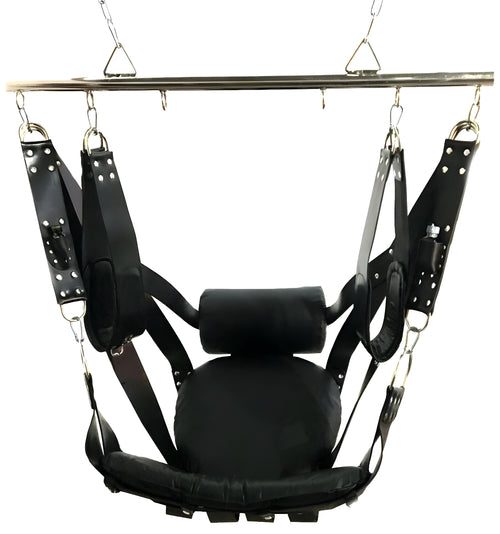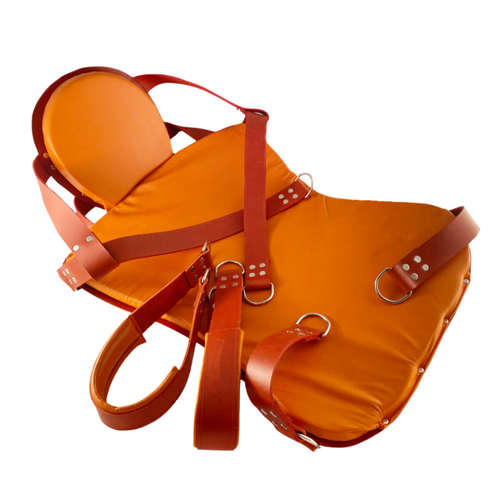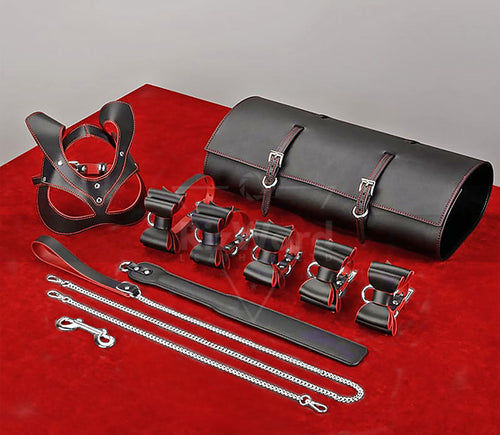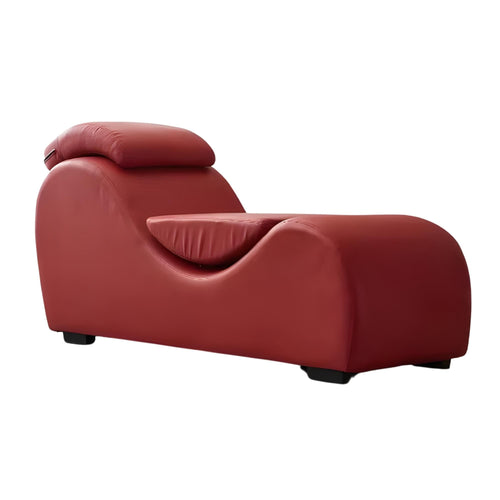Medieval Fashion for Men: A Journey Through Time
Introduction:
Medieval fashion men wore was not just about style but also a statement of social status, occupation, and regional identity. The evolution of medieval clothing reflects the era's complex societal structures and cultural values. Let's delve into the fascinating world of medieval age fashion and explore how it shaped the lives of both peasants and nobility.
The Basics of Medieval Age Fashion In the medieval age, fashion was heavily influenced by one's social status. The common folk, including peasants, wore simple, practical garments made from readily available materials like wool and linen. These clothes, which make up medieval peasant clothing, were often in natural, muted tones due to the limited dyeing options. The design was straightforward—tunics, loose pants, and cloaks—allowing ease of movement for daily labor.
Medieval Peasant Fashion:

Practicality Over Style Medieval peasant fashion was rooted in necessity. Peasants needed durable, comfortable clothing for working the fields and tending livestock. Tunics, often knee-length, were a staple, paired with woolen hose or leggings. Cloaks made from Leather provided warmth during the colder months. Unlike the bright, luxurious garments of the nobility, peasant clothing was unadorned and focused on function.
The Influence of Leather in Medieval Dynasty Clothing Leather was a crucial material in medieval fashion, especially for the working class. In the context of medieval dynasty leather usage, it served multiple purposes—from footwear and belts to protective garments for labor-intensive tasks. Leather was prized for its durability and versatility, making it an essential component of medieval peasant clothing.
Transitioning from Peasant to Noble:

A Contrast in Style While peasants focused on practicality, the nobility indulged in fashion as a display of wealth and power. Rich fabrics, intricate embroidery, and vibrant colors were hallmarks of noble attire. The differences between peasant and noble clothing were stark, emphasizing the societal divide.
Modern Medieval Fashion:
A Timeless Inspiration The fascination with medieval fashion continues to influence modern trends. Designers often draw inspiration from the flowing lines, rich textures, and dramatic silhouettes of medieval attire. Modern medieval fashion blends historical elements with contemporary styles, creating a unique aesthetic that resonates with fashion enthusiasts today.Conclusion
The evolution of medieval fashion for men offers a window into the past, revealing the values and lifestyles of a bygone era. From the practicality of medieval peasant fashion to the opulence of noble attire, clothing was a powerful indicator of social status and identity. Today, the legacy of medieval fashion lives on, inspiring designers and fashion lovers alike with its timeless appeal.
FAQs
What were the main materials used in medieval clothing?
Wool and linen were the most common materials for everyday clothing, while the nobility had access to luxurious fabrics like silk and velvet. Leather was also widely used, especially for accessories and protective wear.How did medieval fashion reflect social status?
The quality of materials, the complexity of the design, and the use of color all reflected one's social status. Nobility wore fine, brightly colored fabrics, while peasants wore simple, muted garments.Is medieval fashion still relevant today?
Yes, medieval fashion continues to inspire modern designers, who incorporate elements like flowing cloaks, intricate embroidery, and leather accessories into contemporary styles.By examining the intricacies of medieval fashion men wore, we can appreciate the historical significance and enduring appeal of these timeless styles. Whether through the lens of practicality, power, or artistry, medieval fashion remains a fascinating chapter in the history of clothing.
Leave a comment
Search Blogs
Featured Products
Our Recent Blogs

Shower Sex Guide: How to Make It Hot, Safe & Enjoyable (2025 Edition)
Shower sex can be steamy, sensual, and fun—but it’s also slippery without the right prep....
Read More
Fetish vs. Kink: What’s the Difference? (2025 Guide)
Short answer: a kink is an unconventional interest or activity that can enhance arousal; a...
Read More
The Deep Intimacy of a Power Exchange Relationship
A power exchange relationship is more than control—it’s trust, consent, and deep intimacy. Learn its...
Read More






POST COMMENTS